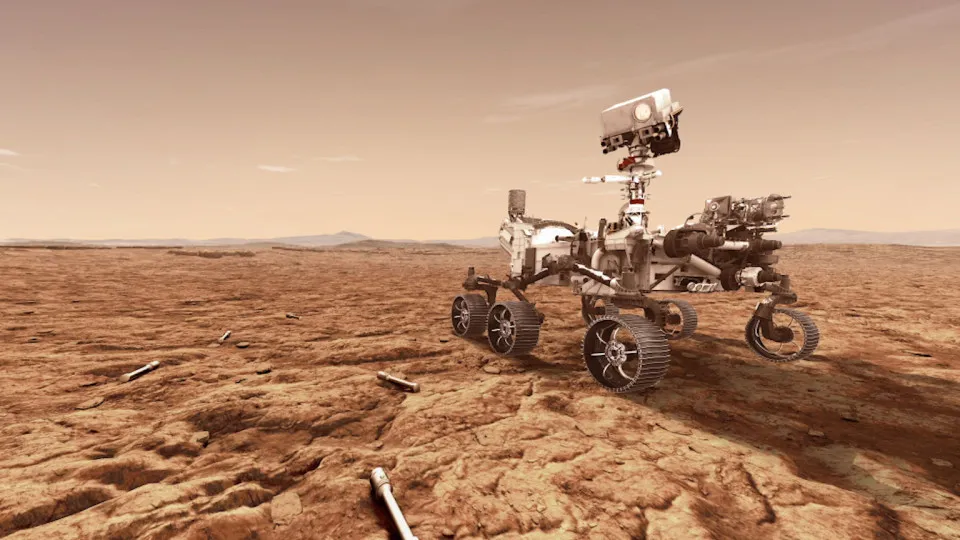Take a journey to the Red Planet through these mesmerizing images of Mars. From its towering volcanoes and massive canyons to its dusty plains and ancient riverbeds, browse this gallery and delve into the beautiful landscapes of our celestial neighbor.
Mesmerizing images of Mars: a glimpse into the Red Planet
The breathtaking beauty of the Martian landscape
© Shutterstock
RECOMMENDED FOR YOU
MOST READ



